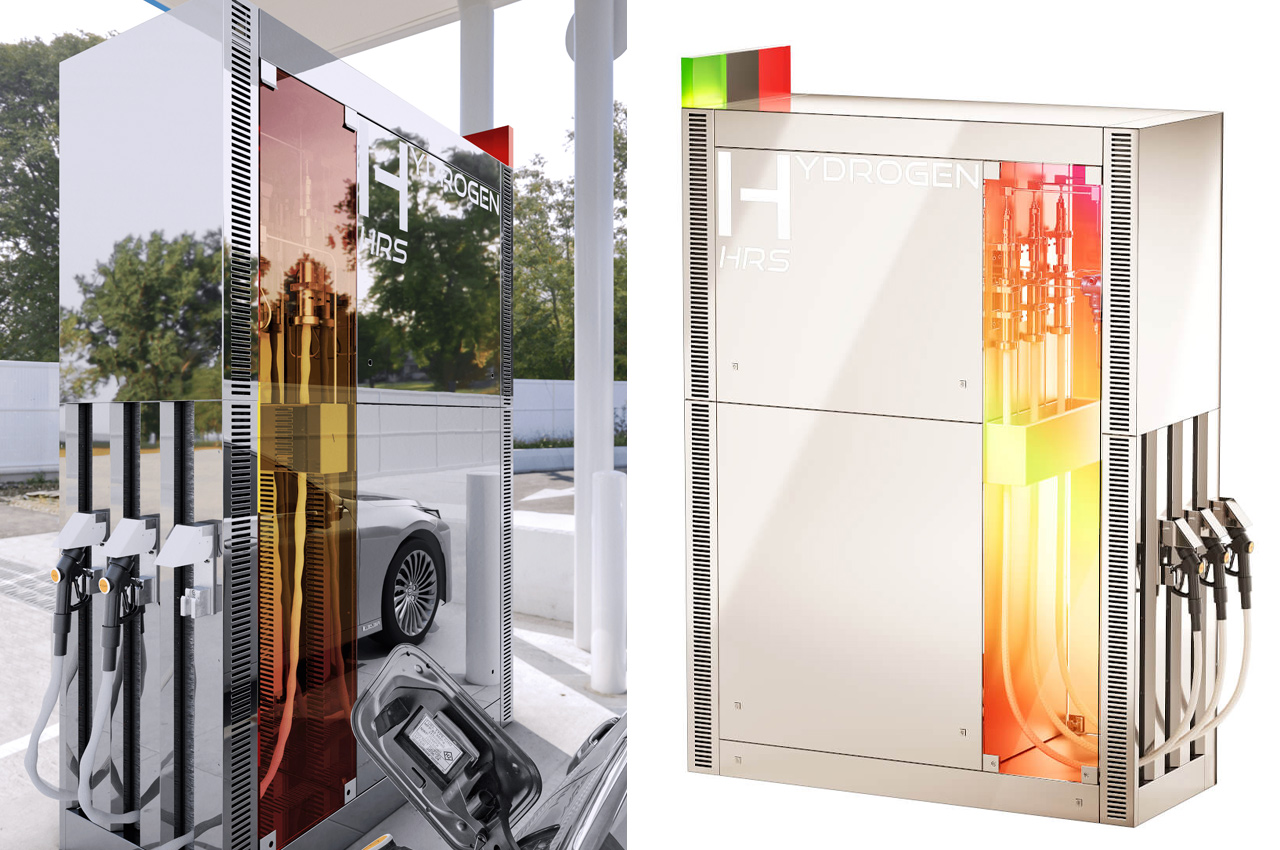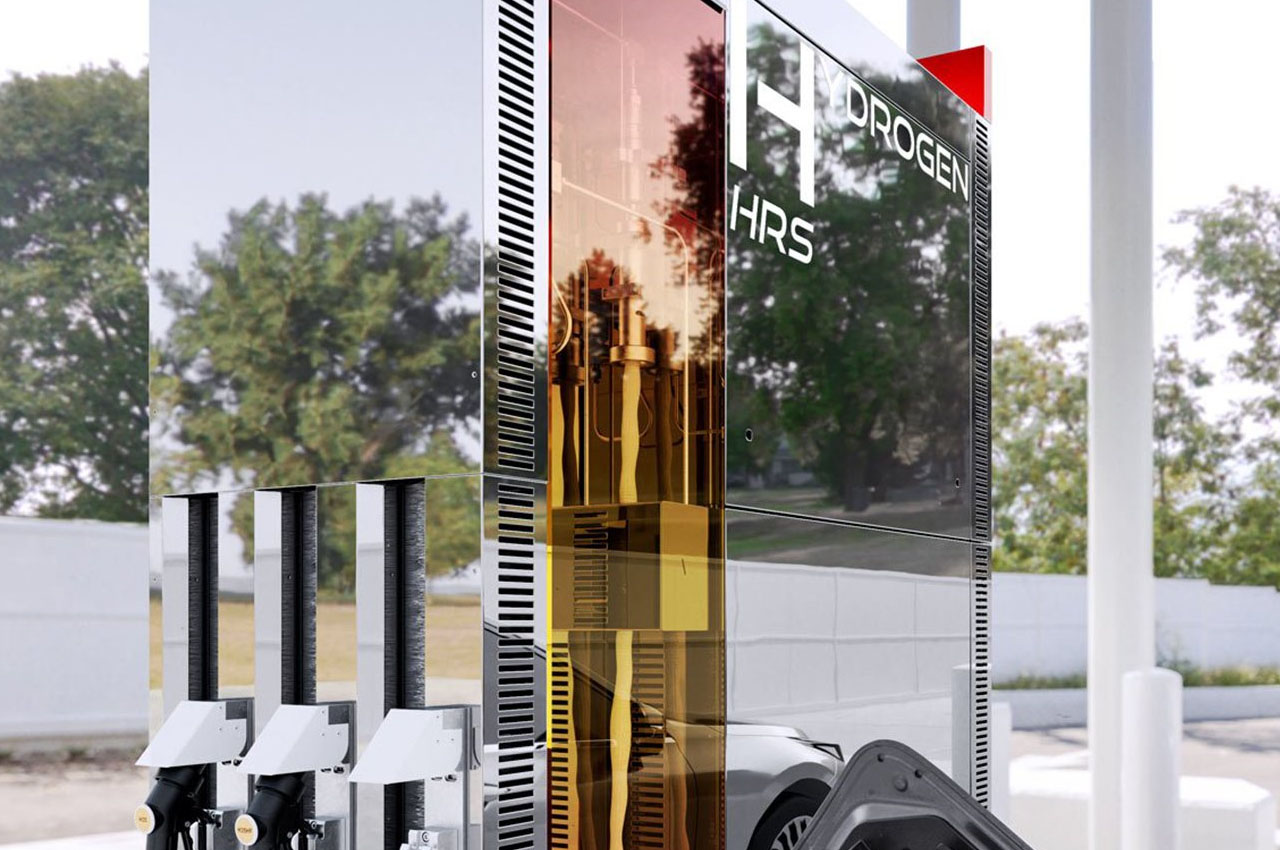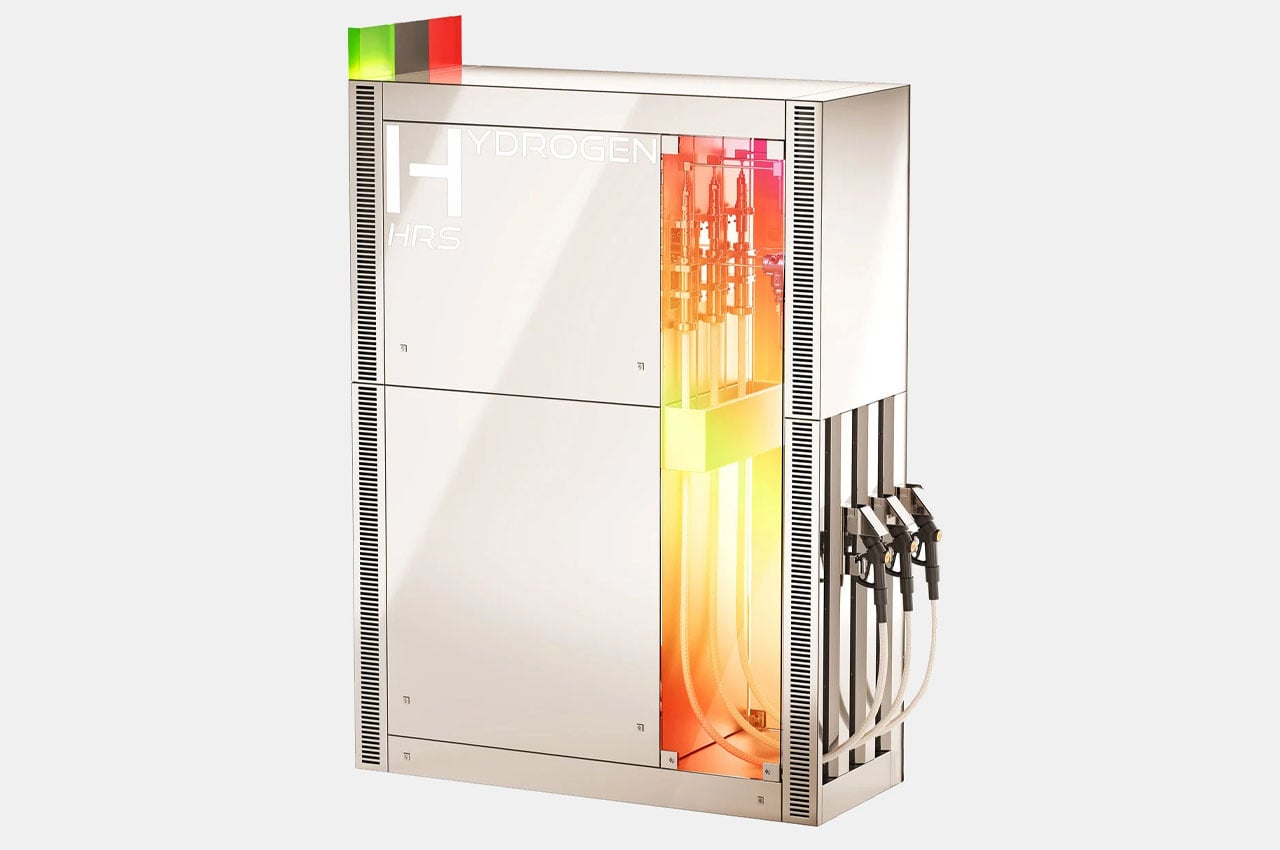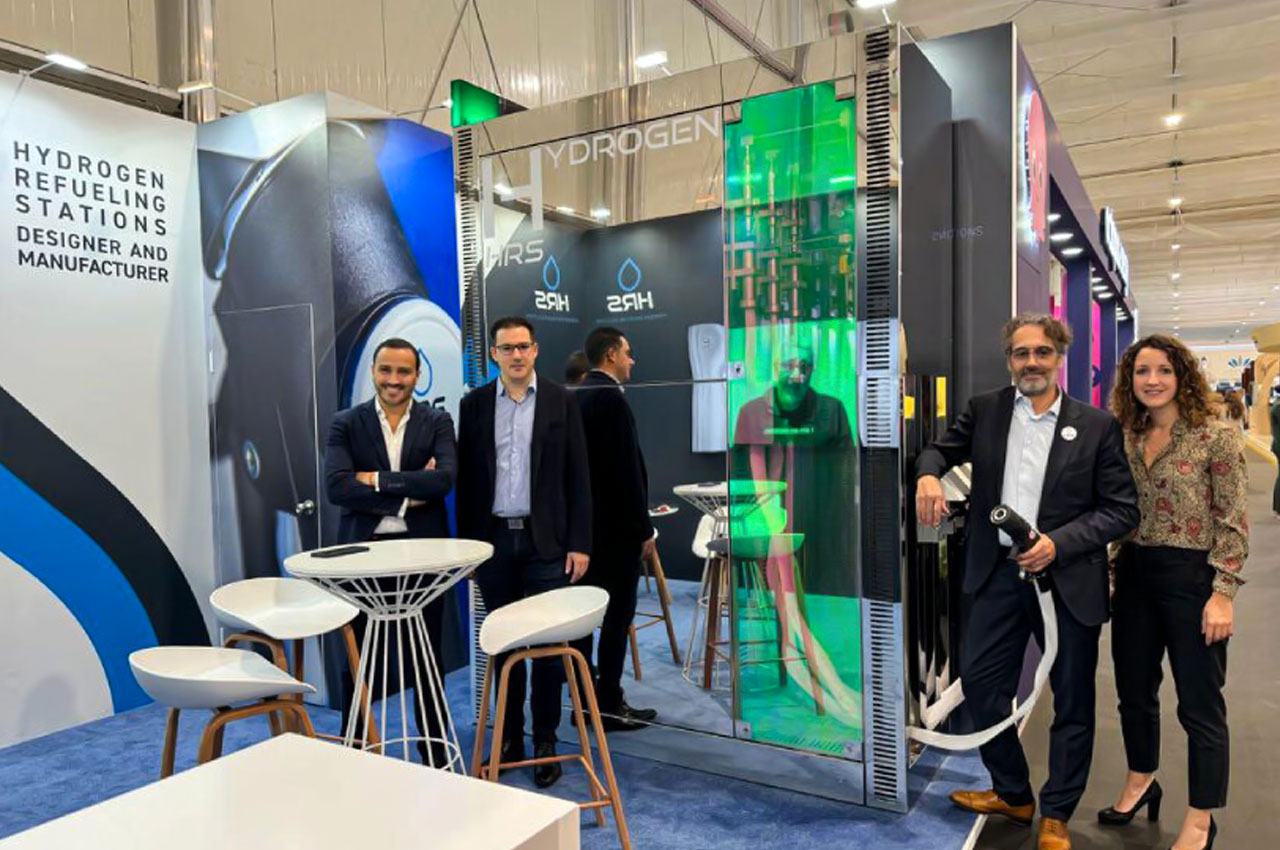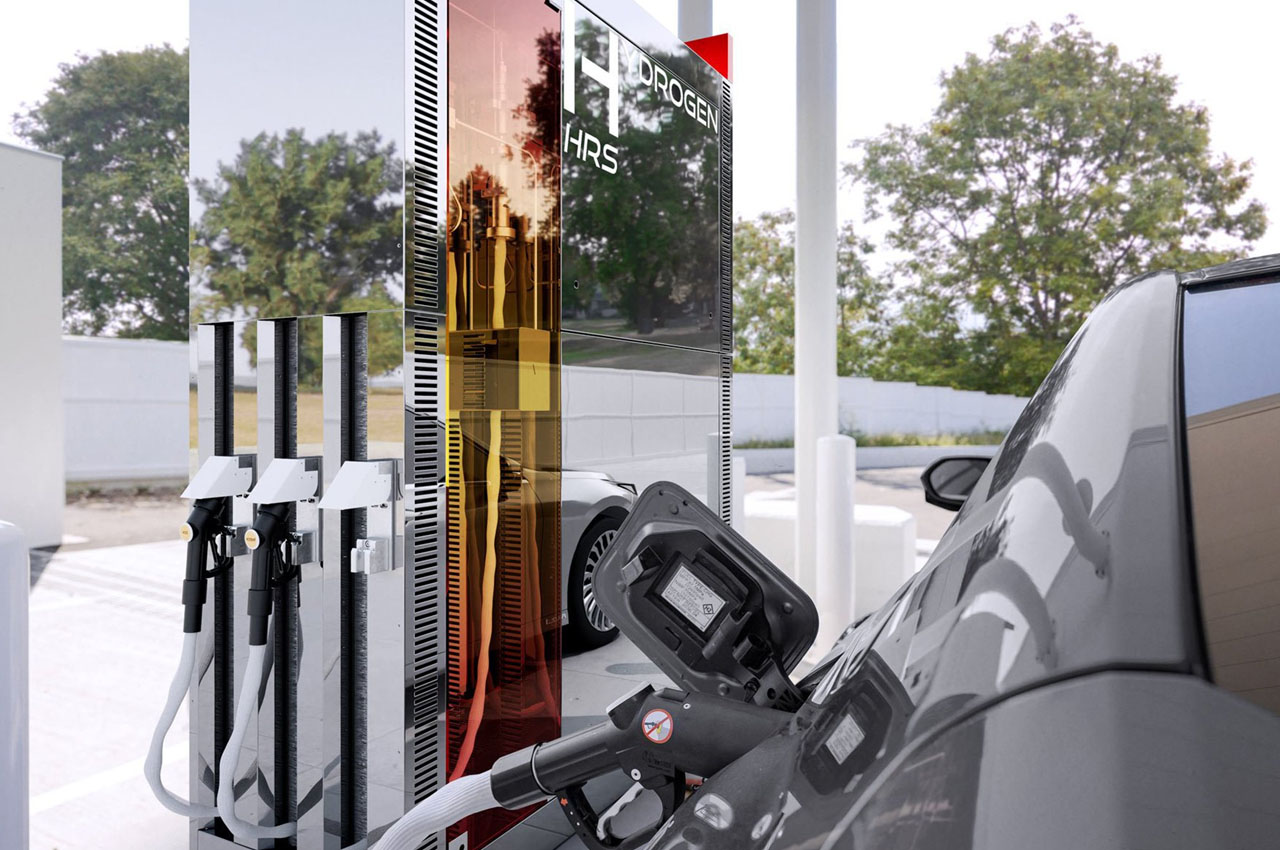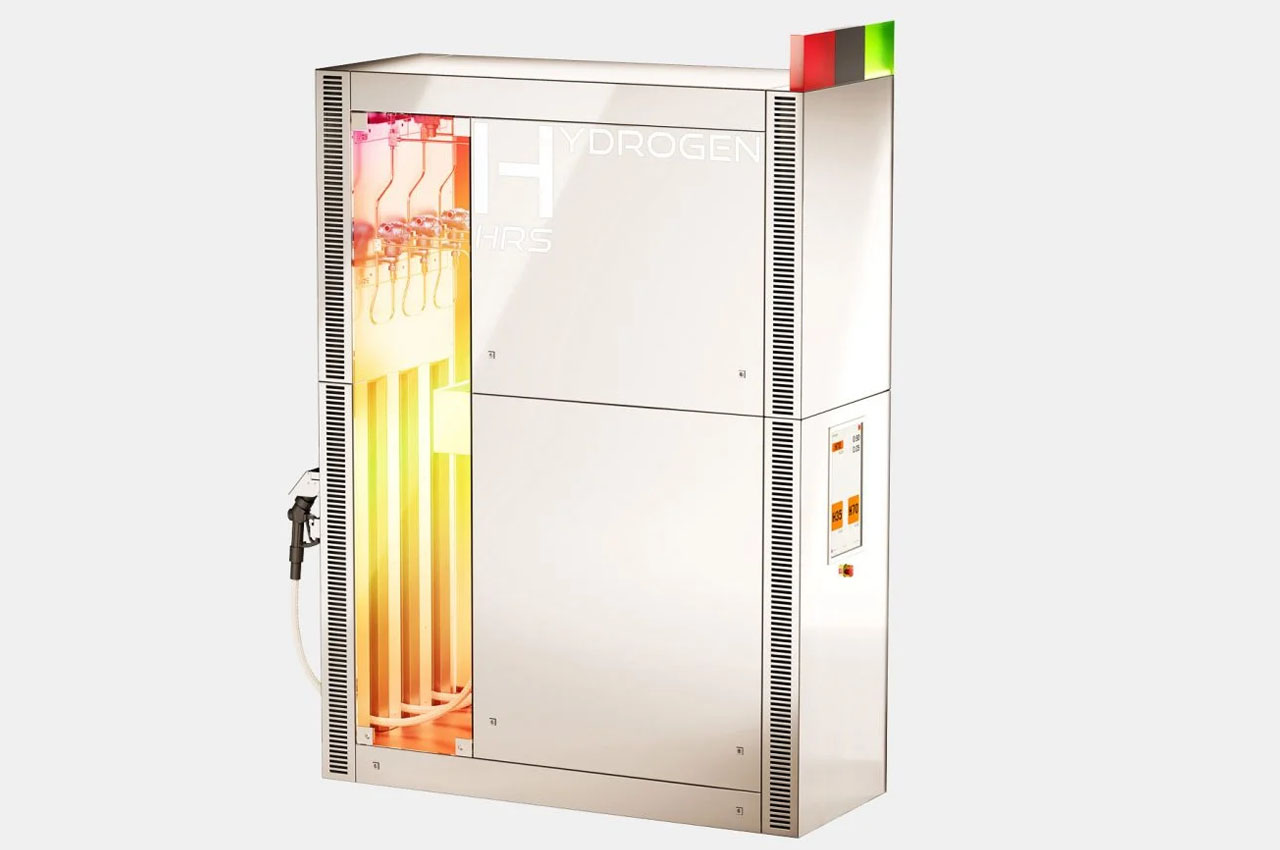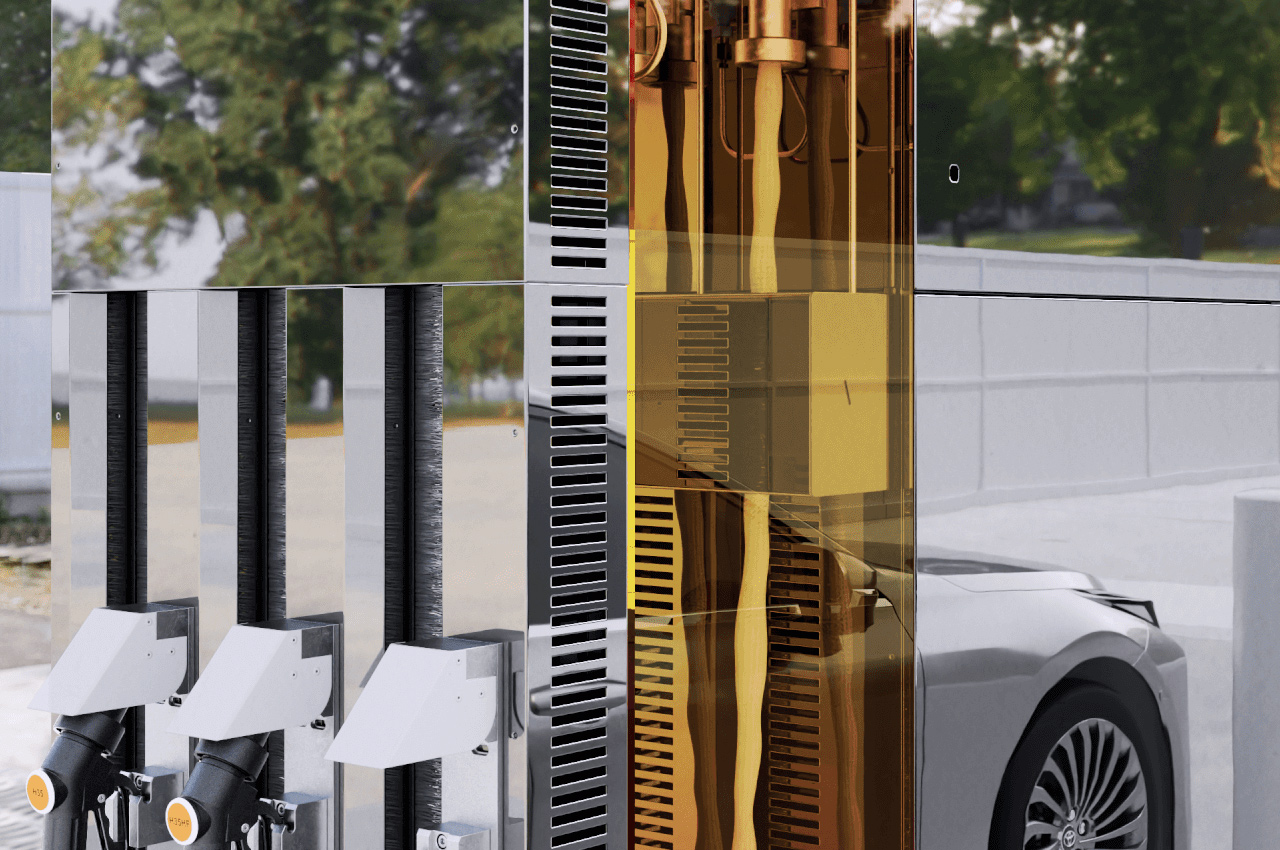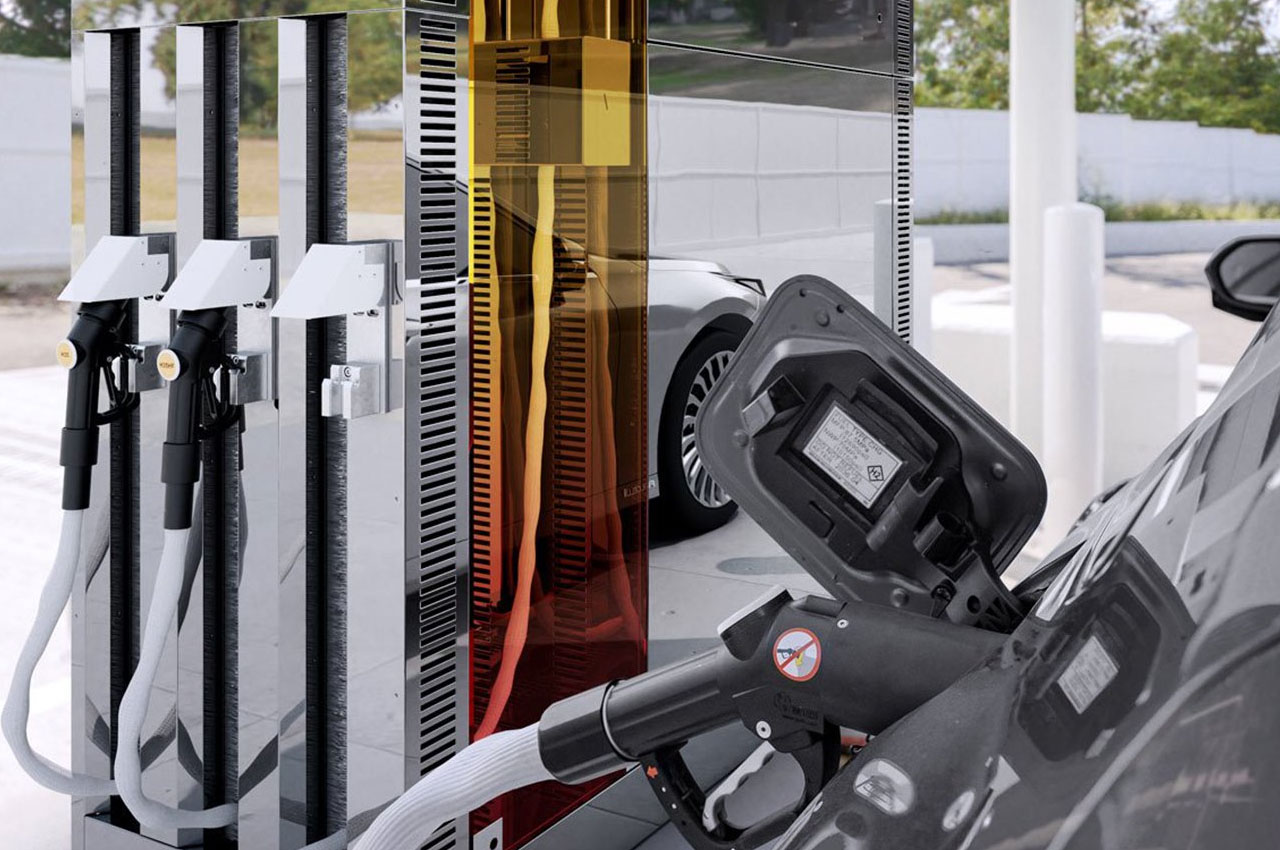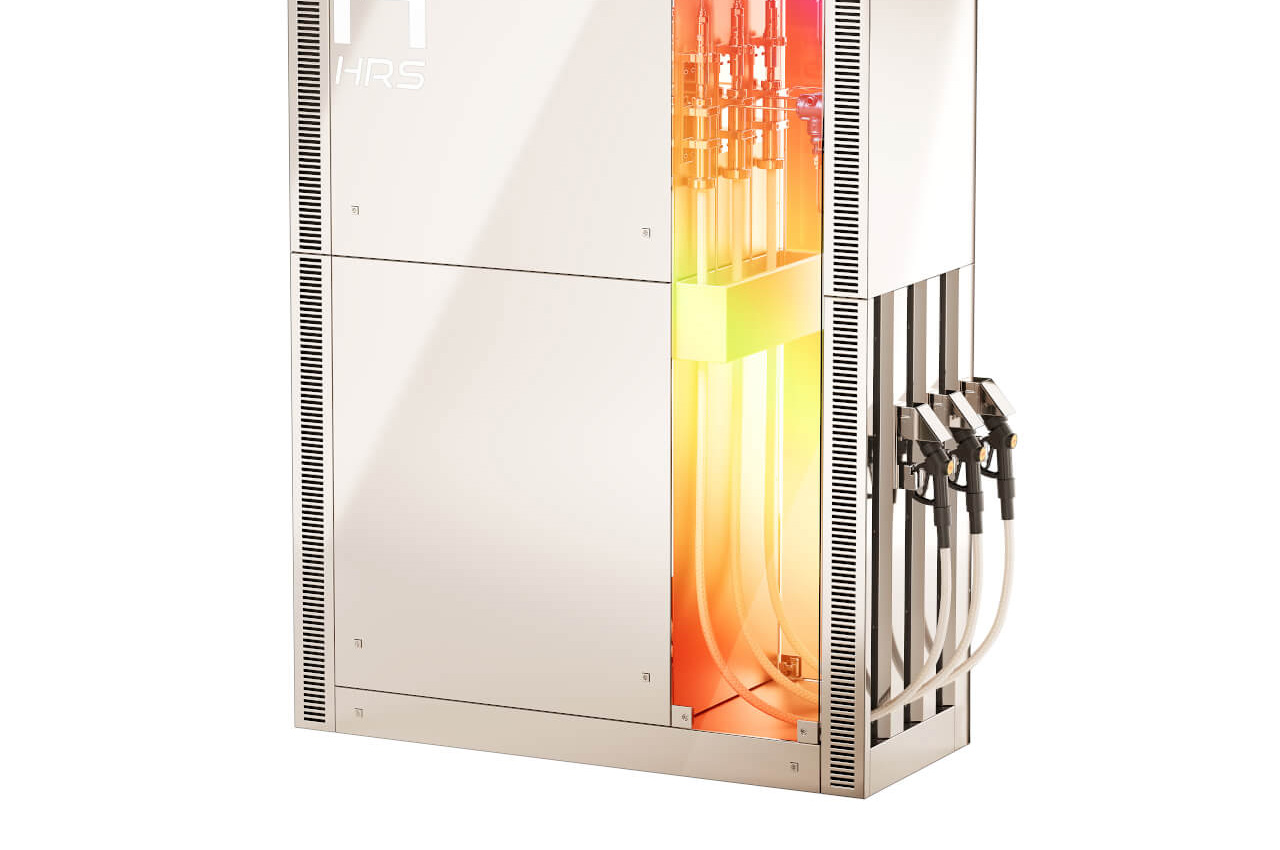![]()
The recent collaboration between Kartell, the distinguished Italian furniture brand, and Mattel, the creative force behind Barbie, has resulted in an extraordinary collection of chairs that blurs the boundaries between furniture and art. Unveiled at Milan Design Week 2024, this partnership represents a significant milestone in design history, as it merges Kartell’s Philippe Starck-designed chairs with the timeless charm of Barbie.
Designer: Philippe Starck
Barbie’s enduring influence as a cultural icon cannot be overstated. From her origins as a children’s toy in 1959 to her recent portrayal in a live-action film, Barbie has continually evolved, captivating audiences worldwide and transcending her toy origins to become a symbol of empowerment and aspiration. Last year’s release of the Barbie movie further underscored her cultural significance, reshaping perceptions and highlighting her relevance across different age groups.
![]()
In response to Barbie’s multifaceted influence, Kartell and Mattel Creations embarked on an innovative partnership. Reimagining five of Kartell’s iconic chairs through a Barbie-inspired lens, the collection breathes new life into Philippe Starck’s designs, infusing them with Barbie’s signature style and charm.
The chairs, including the ‘Venice’, ‘Louis Ghost’, ‘Masters’, ‘Ero|S|’, and ‘AI’, have been meticulously recreated in both human and doll sizes, symbolizing Barbie’s 65-year legacy of inspiring imagination and creativity. Each chair, bathed in Pantone 219 C – the iconic Barbie Pink hue – is crafted from recycled plastic, highlighting the brand’s commitment to sustainability.
![]()
The genesis of this collaboration lies in Barbie’s ability to reinvent herself and resonate with audiences across generations. By transforming Kartell’s chairs into vibrant pink masterpieces, the collection pays homage to Barbie’s legacy of creativity and imagination. Crafted from recycled plastic and incorporating innovative materials such as bamboo, each chair embodies Barbie’s Dreamhouse aesthetic while also prioritizing sustainability—a testament to both brands’ commitment to environmental responsibility.
![]()
![]()
The debut of this remarkable collection at Milan Design Week captivated attendees, transporting them into a world where toys seamlessly merge with art. Displayed against the backdrop of Condé Nast’s Vogue Closet exhibition, the chairs became more than just functional pieces—they became cultural artifacts, inviting viewers to reconsider the boundaries between fantasy and reality.
![]()
In the words of Kartell, this collaboration represents a fusion “where toys become art, and art becomes toys.” By marrying Starck’s timeless designs with Barbie’s enduring allure, the Kartell x Barbie collection not only celebrates nostalgia but also invites us to embrace the power of creativity and imagination—a testament to the transformative potential of collaboration in the world of design.
![]()
The post Kartell Reimagines Iconic Chairs In Barbie Pink At 2024 Milan Design Week first appeared on Yanko Design.
